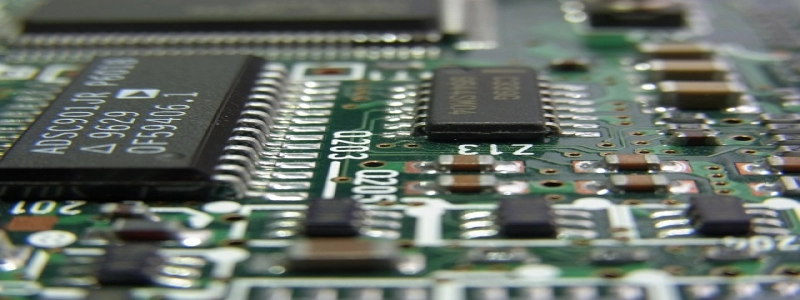Radar Transceiver
Introducere:
Radar transceiver is a crucial component in radar systems. It plays a vital role in emitting and receiving electromagnetic waves to detect and track objects in the surrounding environment. In this article, we will explore the various aspects of a radar transceiver, including its purpose, components, and functioning.
1. Purpose:
The primary purpose of a radar transceiver is to facilitate the transmission and reception of radar signals. It enables the radar system to emit electromagnetic waves, known as radiofrequency (RF) pulses, into the atmosphere. These waves then interact with objects in the surroundings, bouncing back towards the radar transceiver.
2. Components:
A radar transceiver consists of several key components that work together to perform its designated tasks. These components include:
2.1 Transmitter:
The transmitter generates high-power RF pulses that are emitted through the radar antenna. These pulses travel through space until they encounter objects, such as aircraft, ships, or weather phenomena, and are reflected back towards the radar transceiver.
2.2 Receiver:
The receiver is responsible for capturing the reflected RF pulses returning from the objects. It amplifies and processes these signals, separating useful information from noise and interference.
2.3 Duplexer:
The duplexer is a device that allows the transmitter and receiver to share the same antenna. It switches between transmission and reception modes, ensuring that the radar system operates efficiently without interfering with itself.
2.4 Local Oscillator:
The local oscillator generates a stable frequency that is mixed with the received signal in the receiver. This mixing process allows the system to extract information about the target’s distance, velocity, and other characteristics.
2.5 Digital Signal Processor (DSP):
The DSP converts the analog signals received from the receiver into digital format. It performs various signal processing tasks, including filtering, modulation, and demodulation, to extract meaningful data from the received signals.
3. Functioning:
The radar transceiver operates in a cyclical manner known as a radar scan. The functioning of a radar transceiver can be summarized in the following steps:
3.1 Transmission:
The transmitter generates RF pulses and sends them through the antenna into space. These pulses travel at the speed of light until they encounter objects.
3.2 Reflection:
When RF pulses reach objects, they are reflected back towards the radar transceiver. The reflected signals carry information about the objects’ characteristics, such as their distance, velocity, and size.
3.3 Reception:
The receiver captures the reflected RF pulses. It amplifies and processes these signals, filtering out noise and interference.
3.4 Signal Processing:
The digital signal processor analyzes the received signals, extracting relevant information about the detected objects. This information is then used for target identification, tracking, and other purposes.
Concluzie:
Radar transceivers are vital components of radar systems, enabling the transmission and reception of radar signals. By emitting and receiving electromagnetic waves, radar transceivers play a crucial role in detecting and tracking objects in the surrounding environment. Understanding the purpose, components, and functioning of radar transceivers is essential for comprehending the capabilities and limitations of radar systems.







